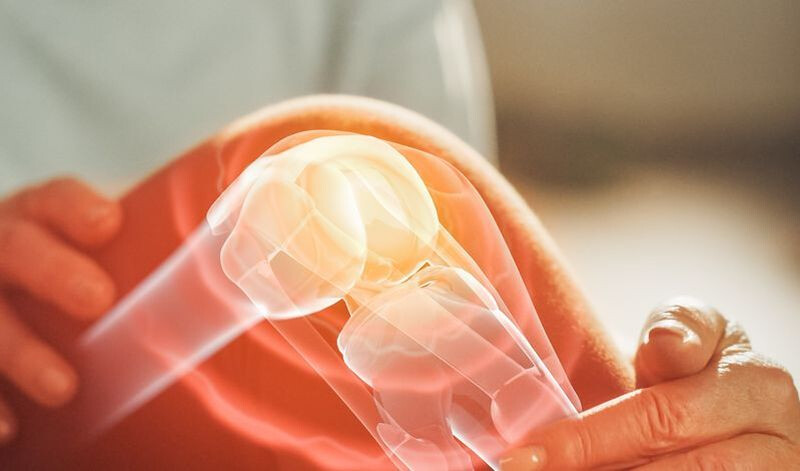
Arthritis treatment is no longer limited to two options: "preserving your own joint" and "artificial joint surgery." Recently, a new paradigm has emerged that combines the two methods to provide personalized treatment optimized for each patient.
In the early stages of arthritis, conservative treatments such as medication, physical therapy, and injections can relieve symptoms and slow progression. However, in the late stages where cartilage damage is severe, artificial joint surgery is inevitable.
Artificial joint surgery is a procedure that replaces a damaged joint with an artificial joint, which is effective in reducing pain and restoring function. However, artificial joints have a limited lifespan, and if surgery is performed at a young age, the possibility of reoperation increases.
"Partial artificial joint replacement" has emerged as a solution to this problem. Partial replacement is a procedure that replaces only a part of the damaged joint with an artificial joint, which can reduce pain and restore function while preserving the natural joint as much as possible. Partial replacement has the advantage of a smaller surgical area and a shorter recovery period compared to total replacement.
Partial replacement is especially useful for young patients or those with high activity levels. Because it preserves the natural joint, it allows for natural movement after surgery, and it is easy to convert to total replacement even if the lifespan of the artificial joint expires.
However, partial replacement requires advanced skills and experience. Accurate diagnosis and surgical planning are essential, as well as inserting the artificial joint in the correct position during surgery.
Therefore, if you are considering partial replacement, it is important to consult with a specialist with extensive clinical experience and skilled techniques. It is also a good idea to check the surgical plan in advance through 3D simulation and to create a patient- 맞춤형 artificial joint to increase surgical accuracy.
Arthritis treatment can be approached in various ways depending on the individual patient's condition and needs. The goal is to reduce pain and restore function while preserving your own joint as much as possible, and artificial joint surgery should be considered as a last resort.
[Copyright (c) Global Economic Times. All Rights Reserved.]






























